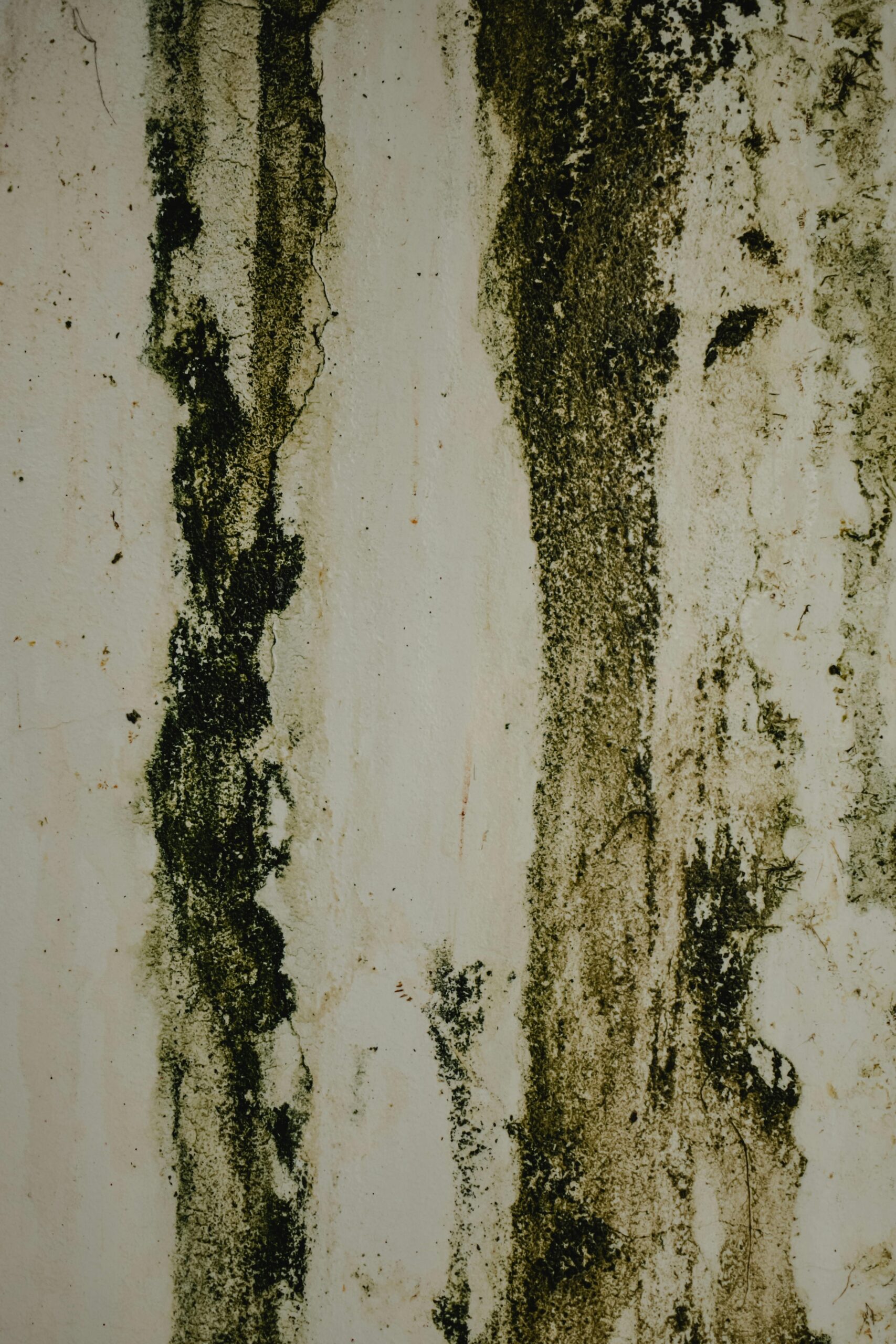Mold is a nasty business if not treated quickly and effectively. It can be more than just a simple water stain at times. In these serious situations, it is important to side with someone who is a professional in the mold removal or mold remediation process. This is where INX Indoor Air Quality comes in. We consider mold remediation an essential step in creating safe and healthy indoor spaces. But what does the process actually entail? This blog will walk you through the steps our team personally takes in detecting mold and what we do about it. Read on for more!
What is Mold Remediation?
Mold remediation is just a fancy word for mold removal but in more of a thorough way so that it doesn’t come back. It’s one thing to clean a mold-infested room and wipe down walls, but with mold remediation, there are way more steps to take to keep your space mold-free. It can also address the underlying causes of mold and make sure the environment is restored to a healthy state.
Why is Mold Remediation Important?
If you worry about the state of your health or have loved ones living in a mold area, mold remediation isn’t just wanted; it’s required to get them to breathe healthier air. Breathing in mold spores every day can cause long-term health risks and even enhance pre-existing health conditions. Also, with mold remediation, you’re able to keep the structural integrity in your home solid. Something as small as mold can actually pack a punch to your insulation, drywall, wood, and even foundation. These can lead to really expensive fixes. Then, mold remediation helps the spread of mold. If you have mold, most of the time, it spreads really fast. If you don’t do something about it, it can spread across walls, ceilings, HVAC systems, and furniture, causing widespread contamination.
The Mold Remediation Process
A standard mold remediation process can be thorough but strategic. INX Indoor Air Quality takes its time in successfully removing mold from your space. Here are some of the typical steps involved:
Initially Checking Out the Mold Situation
The first step in mold remediation is identifying and assessing the extent of the problem. Signs of mold include visible growth, discoloration, musty odors, or unexplained health symptoms like frequent coughing or sneezing.
For hidden molds, such as within walls or ductwork, professional mold testing may be necessary to locate the problem accurately. Professionals also evaluate the severity of contamination to determine what equipment and methods are required for removal.
Contain the Mold and Mold Spores Properly
Containment is critical to prevent mold spores from spreading to other areas during the remediation process. This involves:
- Setting up barriers with plastic sheeting.
- Using negative air pressure to keep mold spores contained.
- Sealing off HVAC systems connected to the affected area.
With proper containment methods, the damage stays localized, saving time, costs, and effort in the long run.
Checking For Safety
Safety is a priority during mold remediation. Professionals use personal protective equipment (PPE), such as respirators, gloves, and suits, to shield themselves from exposure. High-efficiency particulate air (HEPA) filtration devices are deployed to capture airborne spores during remediation, ensuring air remains clean throughout the process.
Removing the Actual Mold
The actual removal of mold involves specific techniques, depending on the surface type and the extent of contamination:
- Dry Removal for Non-Porous Surfaces:
- HEPA vacuuming is used to suction mold spores without spreading them.
- Dry brushing scrapes away surface-level mold on materials like wood or metal.
- Sanding may be used for materials like wood where mold has penetrated deeply.
- Wet Removal for Porous Surfaces:
- Damp wiping removes mold using a cloth or sponge.
- Scrubbing with disinfectants eliminates deep-seated mold growth.
- Mold encapsulation seals mold on surfaces if removal isn’t feasible (as a temporary solution).
Disinfecting and Cleaning Up
After removing visible mold, all affected surfaces are cleaned thoroughly using HEPA vacuums and specialized cleaning agents. Disinfectants are then applied to kill the remaining spores, ensuring mold won’t return.
Getting to the Bottom of the Root Cause
Mold is often a symptom of larger issues such as leaks, poor ventilation, or high humidity. Solving these underlying problems is critical to prevent future mold growth. This could involve:
- Fixing roof or pipe leaks.
- Improving airflow and ventilation.
- Installing dehumidifiers to maintain optimal humidity levels.
Helpful Tips for Removing Mold
Believe it or not, getting rid of mold doesn’t always require professional teams to come into your home. There are things you can do yourself to make sure your home is clean and mold-free. This can not only save you money but also help your overall health. One of the best tips we like to tell homeowners is to keep their indoor humidity levels between 30% and 50%. You can do this by using dehumidifiers in areas like your basement or attic that tend to gather the most moisture compared to other rooms in a home. Also, if there is a leak somewhere, fix it as soon as possible to prevent water buildup. Then, on an outdoor note, maintain things like your gutters so you can make sure next time it rains that your home has proper drainage.
Summary
Mold is no joke. When it comes, it usually stays and wreaks havoc. When you spot mold, the best thing you can do is call the experts to see what they can do to not only get rid of it but make sure it doesn’t occur again. Luckily, companies like INX Indoor Air Quality can assess your situation and know exactly what to do, no matter how severe the mold issue is. Mold might be stubborn, but with the right approach, it doesn’t stand a chance! Reach out to us today if you’re interested in getting a proper mold inspection and more!



